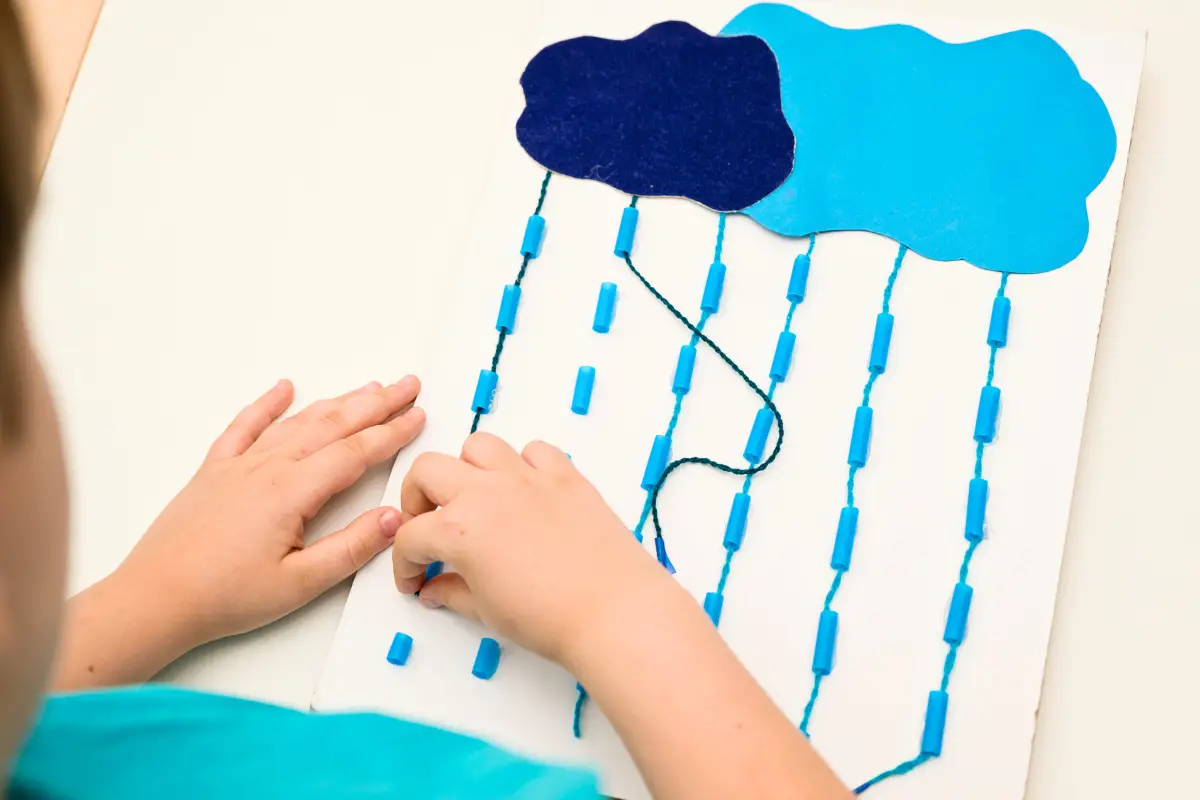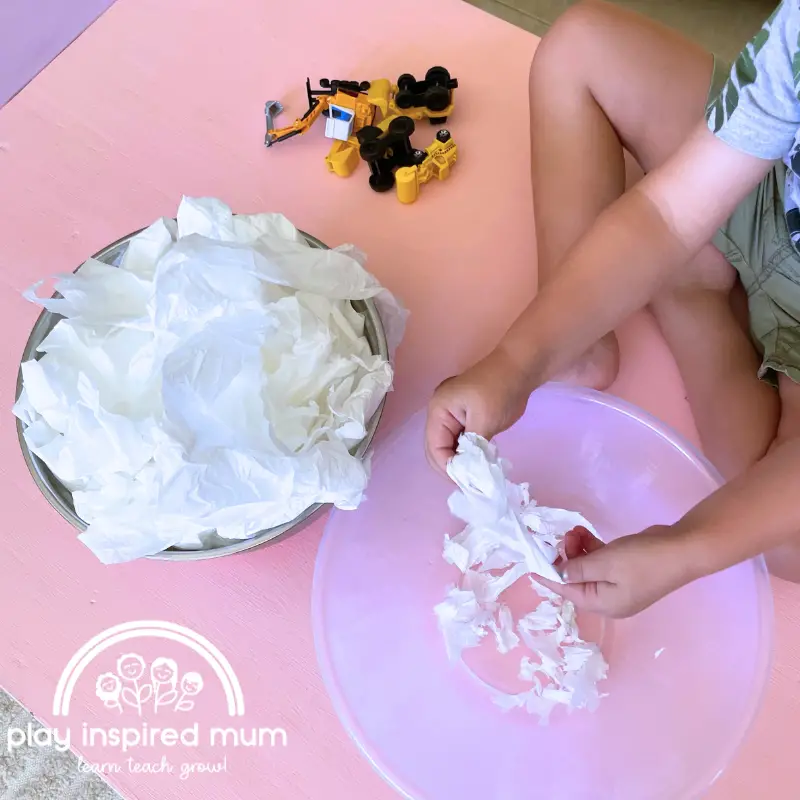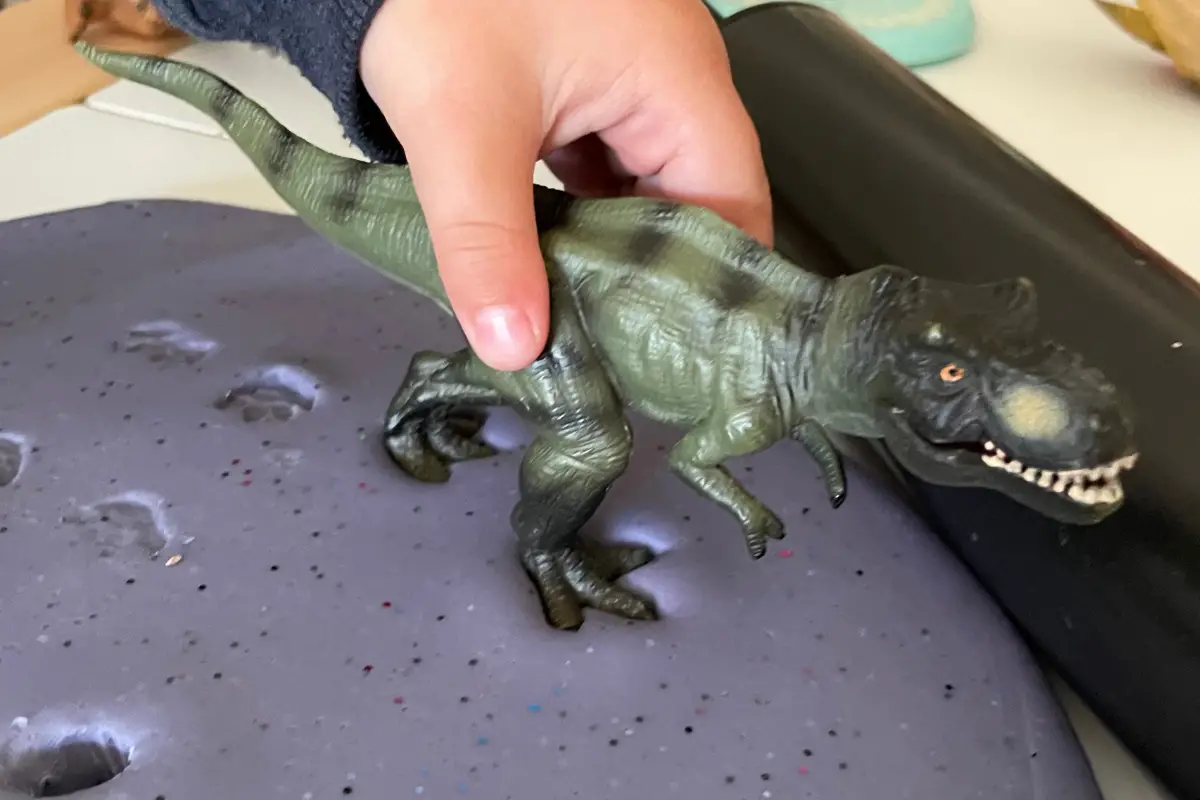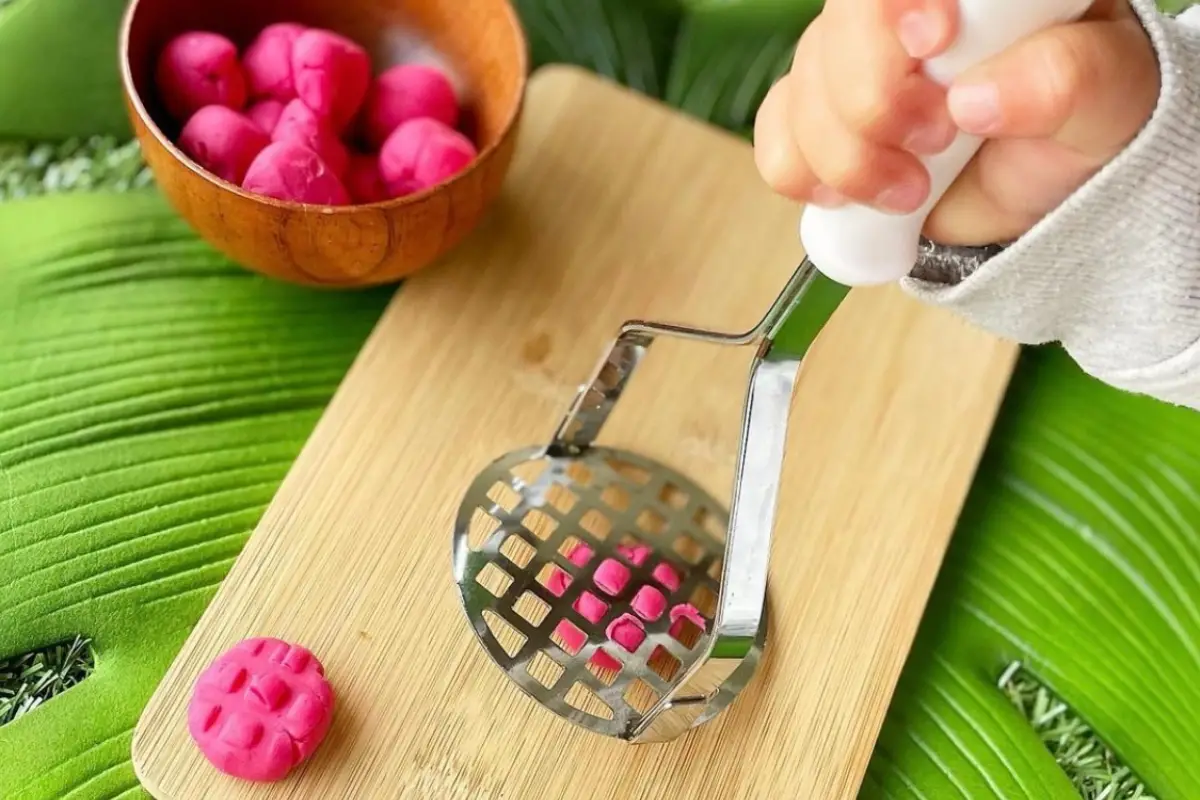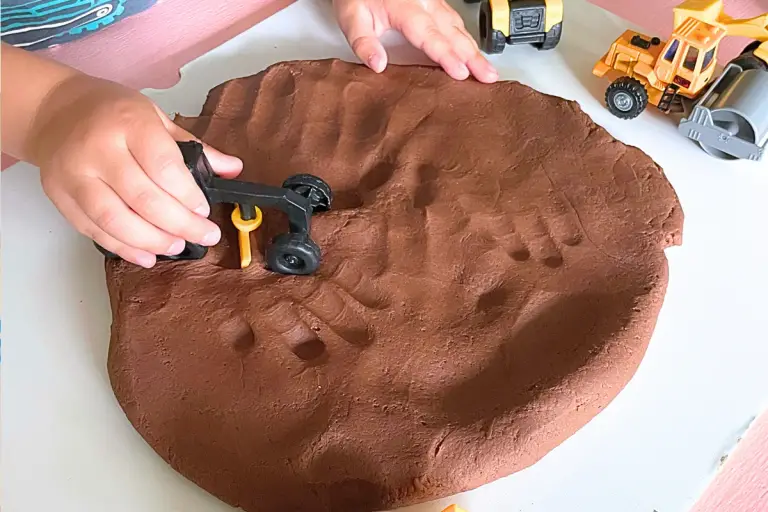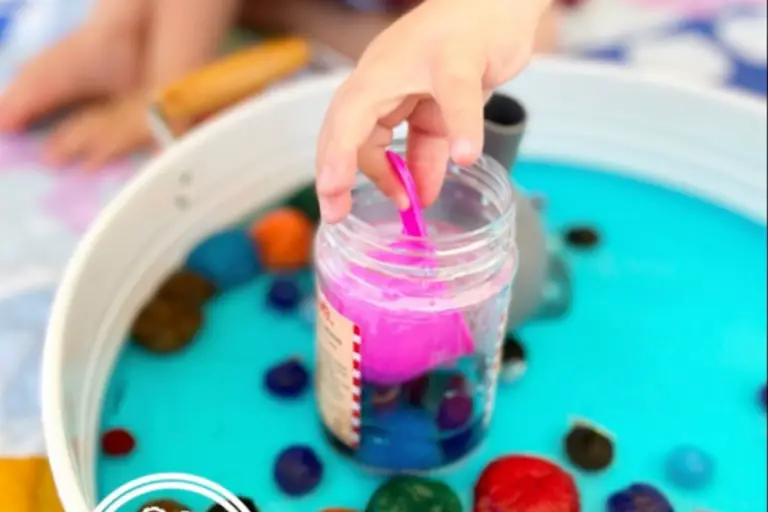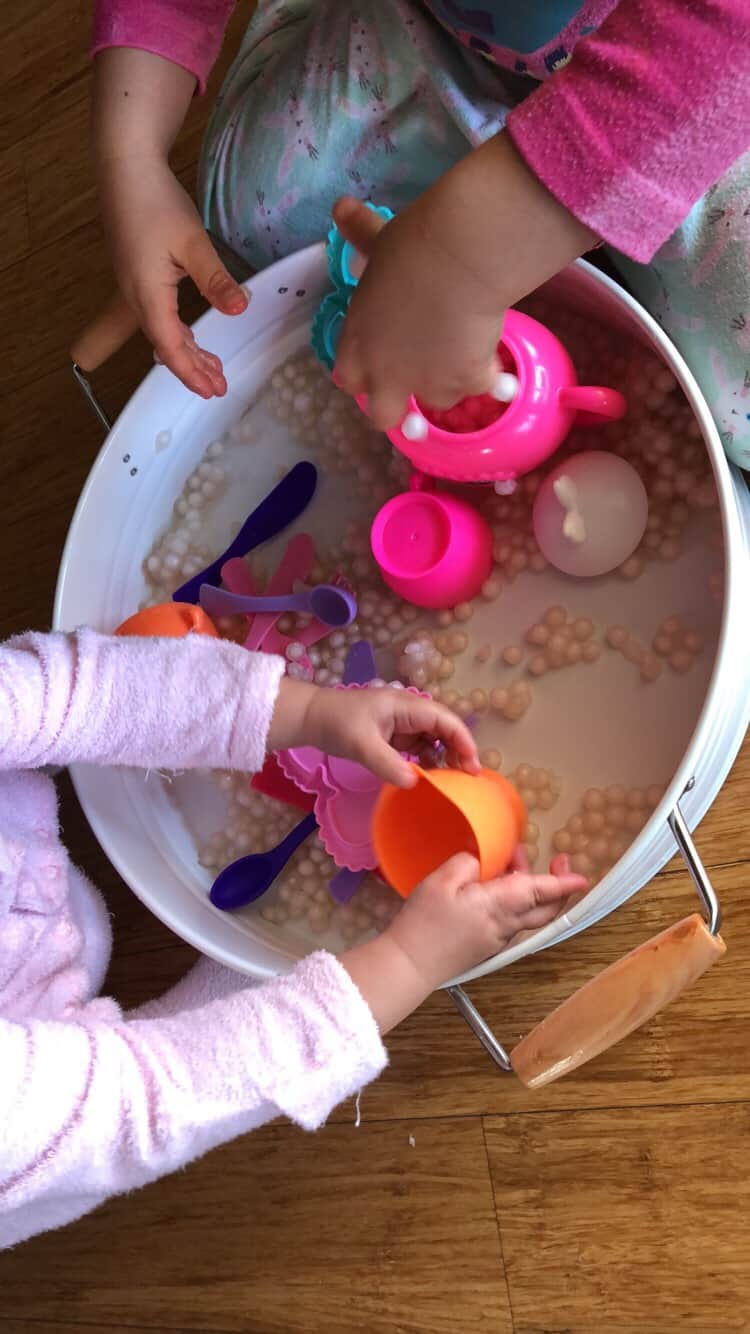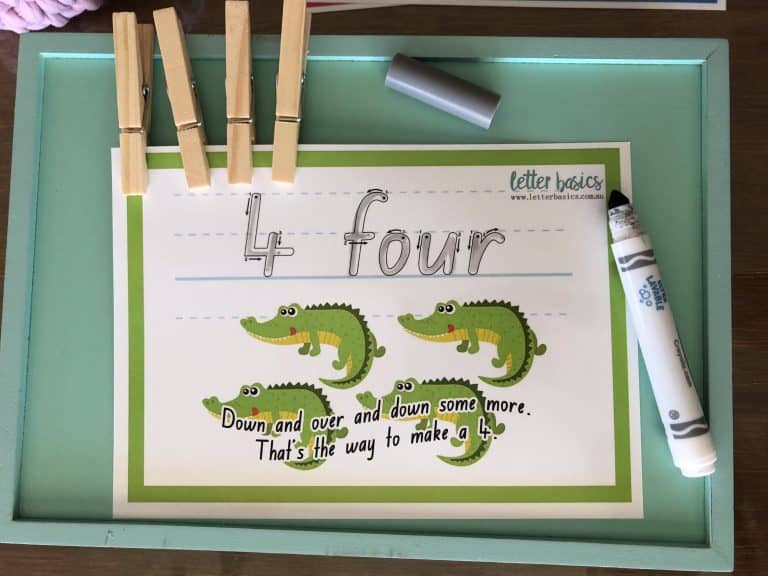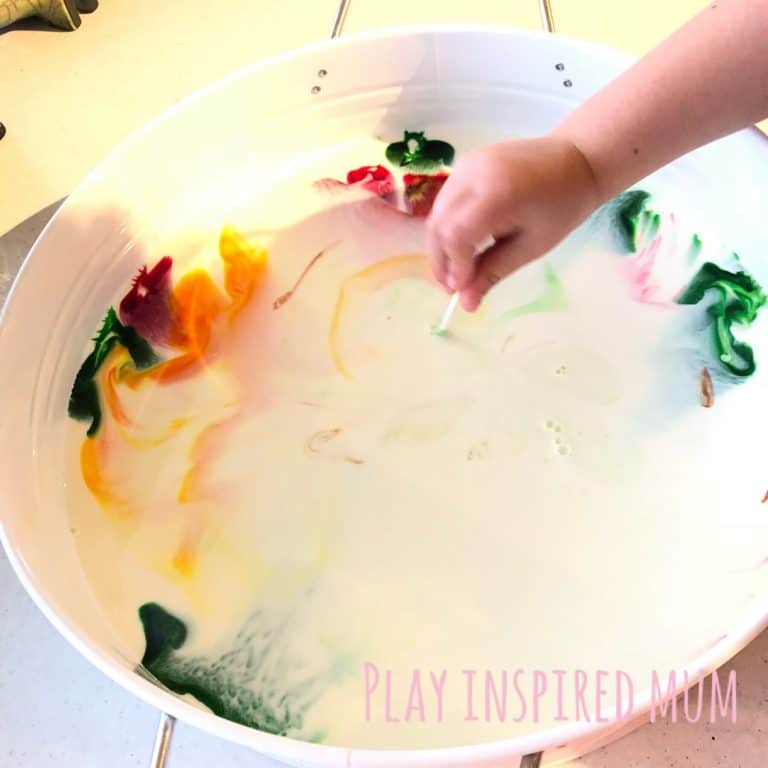Nurturing Tiny Fingers: Boosting Fine Motor Skills at 4
Disclosure: This blog contains affiliate links which I may earn a small commission from if you purchase through them, at no extra cost to you.
Learn about fine motor skills for four-year-olds and ways you can support your child’s development through play.
Fine motor skills are foundational skills that are vital for so many life skills.
In a world with many advancements, it is unfortunate that many children are entering formal schooling without these vital skills.
So buckle up and find out how you can support your child’s fine motor journey through play and make fun memories at the same time.
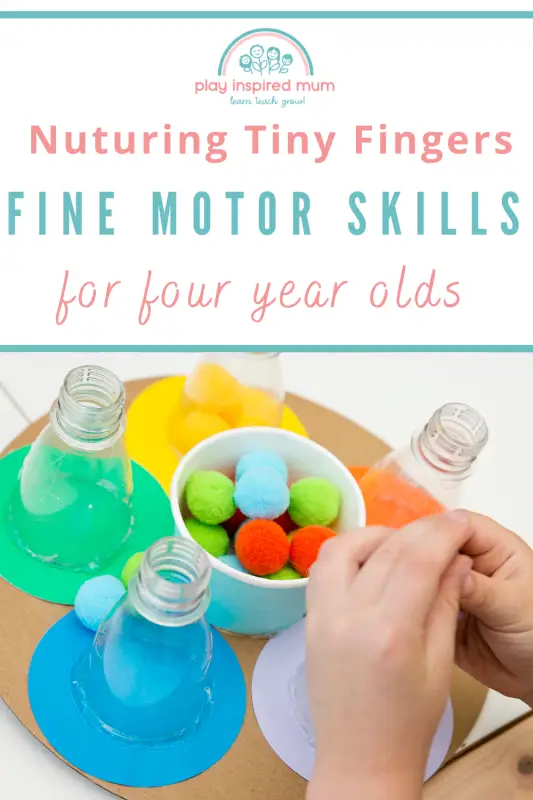
Introduction to Fine Motor Skills
The term fine motor skills encompasses a set of functional skills that involve the small muscles of the hand and fingers, crucial for tasks such as writing, buttoning, or cutting with safety scissors.
At age 4, young children find themselves at a pivotal point in their early childhood development.
Their little hands have mastered the pincer grasp, allowing them to pick up small objects with the thumb and index finger, and they begin to show readiness for more complex tasks.
For us parents, nurturing these abilities isn’t just about preparing them for school; it’s about supporting their overall growth.
Engaging them in play dough activities, threading pipe cleaners through small items, or even finger painting serves not only as terrific fine motor practice but also enhances hand-eye coordination.
This stage in a child’s life is fertile ground for cultivating skills that lay the foundation for future success in both academic settings and daily life.
Affording them ample opportunities for fine motor practice can go a long way in fostering positive self-image and independence.
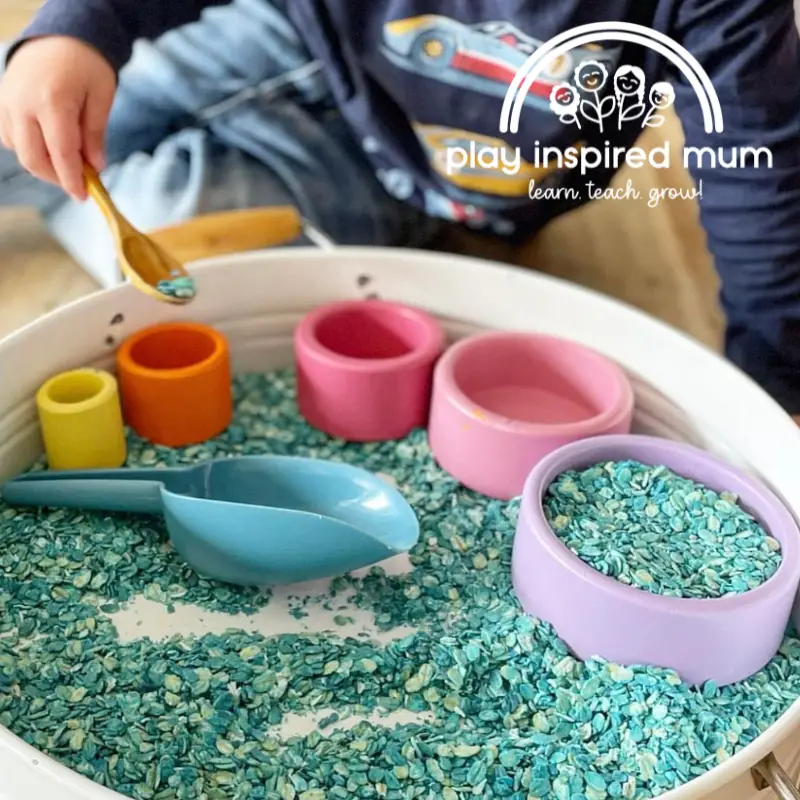
Understanding Developmental Milestones
By age four, children hit significant developmental milestones that highlight their growing independence and capabilities.
Fine motor skills, which involve the small muscles of the hand and finger coordination, are central to their development.
At this age, kids typically start to master tasks like holding a pencil correctly to draw simple pictures, shapes, a straight line, and letters.
They also demonstrate the ability to use a pair of safety scissors under adult supervision, thread large buttons and beads, and manipulate small objects with greater ease.
This progress benefits greatly from activities young children find irresistible: play dough manipulation, finger painting, and assembling simple block designs.
Hand-eye coordination improves as they engage in these tasks, laying a crucial foundation for future academic tasks, including writing and art projects.
A pincer grasp, crucial for holding writing instruments, also refines around this age.
Children will pick up small items like pom poms or pipe cleaners with more precision, showcasing their enhanced fine motor control.
These milestones play a pivotal role in a child’s development, setting the stage for success in school and beyond.
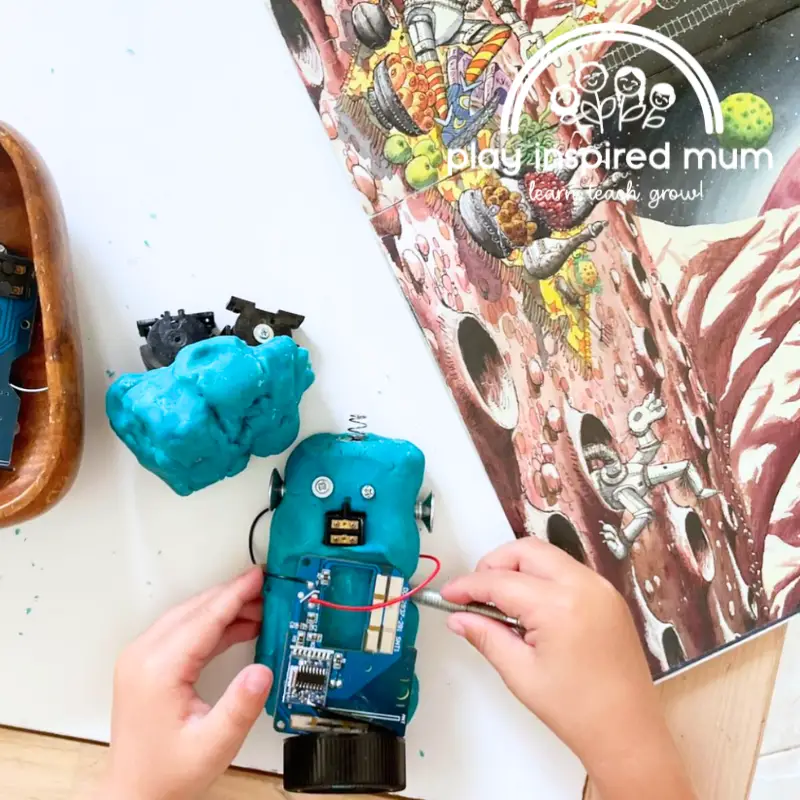
The Role of Gross Motor Skills
Understanding the interplay between gross and fine motor skills offers insight into a child’s developmental journey.
Gross motor skills, which involve the control of large muscles for activities like running, jumping, and climbing, lay the foundation for the more intricate fine motor skills.
This is because the coordination and strength gained from these larger movements directly influence a child’s capacity for delicate tasks.
For instance, a strong core developed through gross motor activities supports the stability needed for precision in fine motor tasks, such as holding a pencil or threading small beads.
Activities that engage a child’s entire body can, therefore, enhance their dexterity and hand-eye coordination.
Practices like water play or using playground equipment not only strengthen the upper extremities but also promote essential skills required for the successful manipulation of small objects and tools.
This dynamic relationship underscores the importance of a balanced approach to encouraging both types of skills for comprehensive development.

Every Child Develops at Their Own Pace
Every child treads their unique path in development.
They reach milestones, from gripping small objects to mastering the use of safety scissors, at different rates.
This variety makes the journey of fine motor skills development deeply personal.
Parents and child care providers must remember, as young kids explore with play dough or thread rings onto branches, comparing one child’s dexterity to another’s serves no productive purpose.
Each tiny step forward, be it scribbling simple shapes or fastening large buttons, signifies progress.
We need to cherish these moments, offering support and encouragement at their own pace.
Recognizing this ensures we foster an environment where each child thrives, unhindered by unfair benchmarks or expectations.
In doing so, we lay the foundation for their future success, building a positive self-image as they learn and grow.
Identifying Developmental Delays
Spotting signs of developmental delays in a child’s fine motor skills demands keen observation.
Parents and caregivers should watch for difficulties such as struggling to grasp small objects, which might indicate a delay.
Another telltale sign could be the inability to perform simple tasks like self-feeding or stacking Duplo blocks.
If these challenges persist, it’s essential to act.
Taking the next steps involves seeking advice from professionals and wait lists can be long.
Consulting your child’s pediatrician will offer a solid starting point.
These medical experts can assess if the developmental pace lies within the expected range for your child’s age group.
For more specified guidance, an occupational therapist specializes in enhancing motor skills and can provide targeted strategies.
They work one-on-one with children, employing activities designed to strengthen the small muscles of the hand in engaging, therapeutic sessions.
Remember, addressing concerns early greatly enhances the chance for improvement.
It allows interventions to commence at a crucial developmental stage, paving the way for a child’s future success in school and daily life.
Enhancing Fine Motor Skills Through Play
Engaging young children in play is a great way to enhance their fine motor skills.
Activities such as rolling and shaping play dough foster the development of small hand muscles.
Now I mention play dough quite a bit in this article because it does offer so many development opportunities.
Play dough is versatile, suitable for a large age range and activities can be tailored to support a child’s interests and abilities.
They will squeeze, stretch, and manipulate the dough, which improves their fine motor control.
Similarly, finger painting or shaving foam encourages them to move their fingers in different ways.
Dabbing and swirling paint on paper not only boosts creativity but also hand strength and coordination.
Introducing small objects like pom poms, pipe cleaners, or beads can significantly benefit a child’s development.
These items require the use of a pincer grasp, a critical fine motor milestone.
Children will pick up and place these small items with precision, advancing their hand-eye coordination.
Providing these simple yet effective play opportunities allows children to progress at their own pace, ensuring a solid foundation for more complex skills in the future.

Fine Motor Materials Around the Home
More often than not, you may have simple things at home that can support fine motor skill development.
Utilising these resources, you can create easy fine motor activities that can be ready to play in minutes.
In basic terms, any small item or one that requires the use of hands is going to encourage the development of these vital skills.
- Paper clips
- Spray bottle
- Tongs
- Tweezers
- Beads
- Gravel
- Pom poms
- Shells
- Dry pasta
- Buttons
- Bull clips
- Pegs
- Cotton tips
- Toothpicks
- Spring tea strainer
- Bottle tops
Encouraging your child to serve their salad with tongs is great incidental practice.
The same can be said for pegging socks on a clothes airer.
Picking up squares of fruit with a toothpick or building sculptures with vegetable cubes is a fun snack-tivity that supports creative thinking and fine motor skills.
Craft Activities for Skill Development
We harness the potential hidden within simple craft activities to bolster the development of a child’s fine motor skills.
Threading beads, a great fine motor activity, challenges young kids to pick up small items with precision, cultivating their pincer grasp and hand-eye coordination.
This task, seemingly straightforward, plays a pivotal role in fine-tuning those small muscles of the hand necessary for writing and manipulating small objects.
Employing safety scissors presents another opportunity for young children to advance their fine motor control.
As they learn to navigate the scissors, they’re not just cutting paper.
They’re fortifying the small hand muscles and coordination required for more complex tasks down the line.
Unlike simple games, these craft activities offer a versatile platform for children to practice gripping, controlling, and releasing, laying down the foundation for future success in school and beyond.
For parents and educators, observing a child’s progression through these fine motor skills activities provides invaluable insights into their development.
Not merely pastimes, these activities are stepping stones towards a child’s independence and mastery of essential life skills.
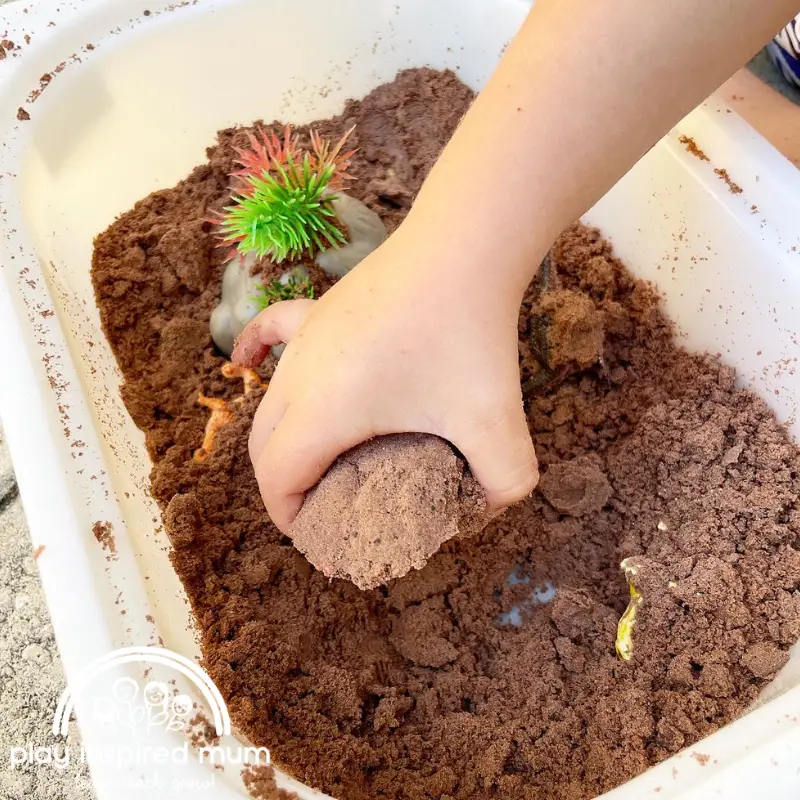
Interactive Games and Toys
I have found that nothing quite beats the joy and engagement interactive games and toys bring into the development journey of young children.
Puzzle pieces, for instance, challenge them to match shapes and patterns, boosting their problem-solving skills.
This process not only hones fine motor control but also lays a foundation for early math and reading skills.
Similarly, block designs encourage creativity and spatial awareness.
As children manipulate different sizes and shapes, they fine-tune their grip and dexterity.
Games requiring precise hand movements to manipulate pieces offer great fine motor practice.
These activities strengthen the small muscles of the hand essential for tasks such as writing and buttoning clothes.
Toys like pegboards, where kids place small pieces into specific spots, are also fantastic for developing the pincer grasp.
This grip is crucial for holding a pencil correctly.
By integrating these fun activities into daily playtime, caregivers can significantly enhance a child’s fine motor development, setting them up for future success in school and beyond.

The Importance of Hand-Eye Coordination
Activities that enhance hand-eye coordination play a critical role in the development of fine motor skills for young children.
I have seen the future success young kids experience when they develop these important skills at an early age.
Hand-eye coordination is the foundation upon which we build the ability to grasp and manipulate small objects, a skill crucial for everyday tasks.
Assembling puzzles serves as a great fine motor activity.
It encourages children to match shapes and colours, requiring precise movements of their fingers.
This activity not only builds fine motor control but also fosters problem-solving skills.
Similarly, catching a ball demands coordination between the eyes and hands, preparing the small hand muscles for more complex tasks like writing or tying shoelaces.
Dedicated practice of these skills can prevent developmental delays and ensure that children develop at their own pace.
Hand-eye coordination activities lay a positive groundwork for fine motor milestones, promoting a positive self-image and readiness for future academic challenges.
Choosing the Right Activities
I find selecting the right activities for enhancing your child’s fine motor skills mandates a blend of considerations.
Age appropriateness sits at the core of these decisions.
Activities that align with the developmental stages of 4-year-olds offer just the right challenge without leading to frustration.
For instance, finger painting, not only bolsters hand-eye coordination but has also been known to fortify the small muscles in their hands.
Engagement is equally crucial.
The best way to sustain a child’s interest is by incorporating a mix of fun and educational elements.
Utilizing play dough or crafting with pipe cleaners and Cheerios can transform a simple skill-building exercise into an adventure.
These items, besides refining fine motor control, ensure the session remains captivating.
Safety, as expected, cannot be overstressed.
Every item chosen, from pom poms to large buttons, must be safe for use under adult supervision, eliminating any hazards while fostering a positive learning environment.
Lastly, individual pacing raises the bar for personal development.
Acknowledging that each child evolves at their distinct pace will guide you in curating activities that challenge yet respect their current abilities.
This approach champions not just their fine motor skills advancement but their confidence as well.
When to Seek Professional Help
Tracking a child’s development comes laden with joy and, occasionally, a whisper of concern.
Noticing that your preschooler struggles with tasks their peers manage with ease might prompt you to wonder about the next steps.
Consulting a professional, such as an occupational therapist, becomes crucial when simple activities—those that involve small objects or require fine motor control—consistently challenge your child.
For example, if mastering a pincer grasp or managing small pieces during play elicits frustration rather than delight, it’s time for professional insight.
Should your child display hesitation or inability to engage in pretend play or use safety scissors, despite repeated exposure and encouragement, an underlying issue might be present.
This might indicate it’s beneficial to seek an evaluation.
An occupational therapist offers not only an assessment but also a tailored set of functional skills designed to bolster your child’s fine motor development at their own pace.
If developmental milestones, as outlined for their age group, remain noticeably unmet, intervention can provide both guidance and reassurance.
Remember, every child weaves through the tapestry of growth in a unique pattern.
Yet, noticing moments when your young one veers from the path laid by significant developmental milestones warrants a conversation with a professional.
It ensures that any necessary support is as immediate as it is effective, paving the way for future success in academic and life skills alike.
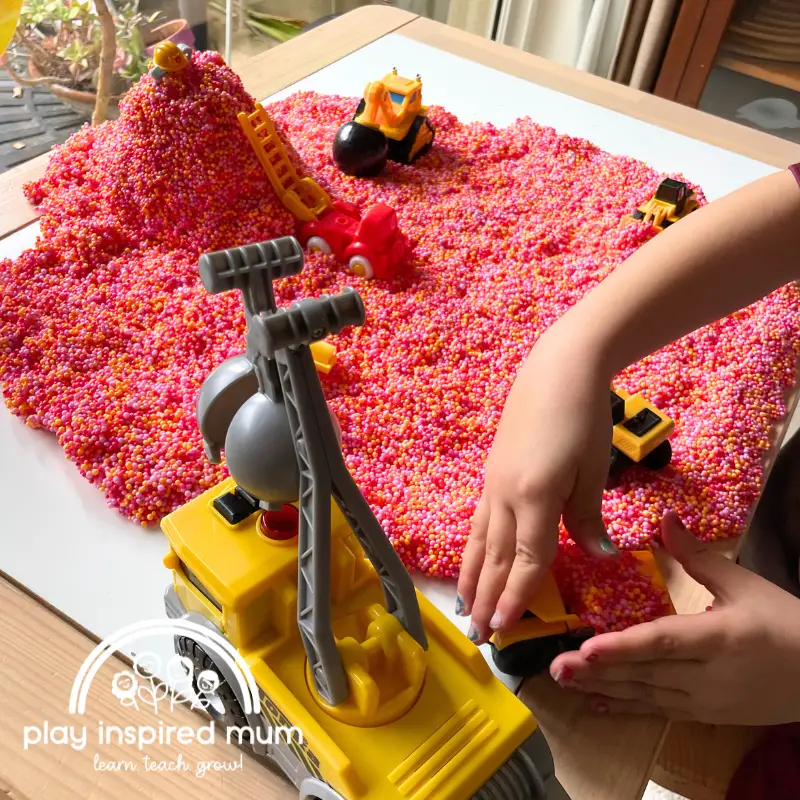
Fostering a Positive Learning Environment
Creating a nurturing environment is crucial for enhancing a child’s fine motor development.
This supports not only their ability to grasp small objects but also their confidence as they master new tasks.
I have learned that patience plays a pivotal role.
Rushing a child or expressing frustration can deter their interest and confidence in trying.
Instead, encouragement and positive reinforcement go a long way.
Celebrating each small victory, whether threading a bead or using safety scissors correctly, boosts their self-image and eagerness to tackle more complex tasks.
Engagement in playful activities like finger painting or manipulating play dough should be under adult supervision yet with ample room for exploration.
We must remember that each child develops at their own pace.
Comparing them to peers or siblings can inadvertently pressure them.
I focus on their current abilities and interests, gently introducing finer motor skills activities that challenge them just enough to keep them motivated but not discouraged.
Incorporating simple games that require precise movements or construction paper crafts can also enhance hand-eye coordination and fine motor control.
With each pom pom placed in an ice cube tray or block stacked, a child’s small hand muscles strengthen.
By fostering an atmosphere where mistakes are seen as learning opportunities, we prepare our young ones not just for school, but for life’s many challenges.
A Bright Future Through Skilful Play
The journey of nurturing a child’s fine motor skills is a pivotal expedition towards unlocking their full potential.
Throughout the years, I’ve discovered that these vital skills lay the groundwork for a host of future successes.
Fine motor control affects the ability to hold a pencil, tie shoelaces, and even navigate the pages of a book with ease.
Such actions might seem simple, yet they hold immense significance in a child’s development.
Engaging young children in fine motor skills activities can transform these seemingly mundane tasks into stepping stones for more complex achievements.
Occupational therapists emphasize the interconnectedness of fine motor milestones and gross motor development.
Activities requiring the use of small muscles of the hand, such as manipulating small blocks or threading beads, not only refine dexterity but also enhance hand-eye coordination.
This intricate dance between seeing and doing propels young kids forward, preparing them for academic challenges and, importantly, fostering independence in daily life skills.
Every child’s journey is unique
Sallie Tidman, with years of clinical practice, pointed out that every child navigates developmental milestones at their own pace.
The role we play in guiding them through play dough explorations, water play, or simple craft activities is monumental.
It’s in these playful moments that they learn to grasp, twist, and turn.
They make sense of their world, one small object at a time.
As caretakers, we must ensure the inclusion of fine motor practice in our child’s daily routine, under adult supervision to guarantee safety.
This consistent effort forms the basis of a positive self-image, empowering them to tackle future intellectual and hand-strength challenges.
Foster this growth, and watch as your young ones flourish, mastering life skills that will carry them confidently into their future.
Remember, a little encouragement goes a long way in sculpting capable, resilient individuals ready for the adventures that lie ahead.

